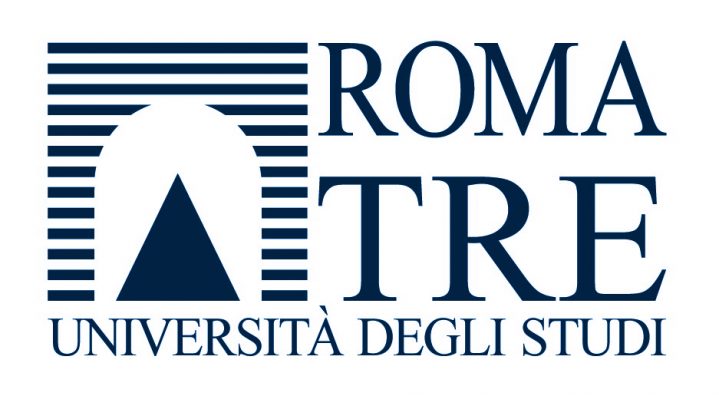Martedì 23 marzo alle ore 15:00, Claudio Faccenna del Department of Geological Sciences, Jackson School of Geosciences, The University of Texas at Austin (USA) e Dipartimento di Scienze, Università Roma Tre, terrà il Colloquio di Fisica dal titolo "Deep mantle root of high mountain peaks".
Abstract
Orogeny result from crustal thickening process at active margins. Fundamental progresses have been done during the last decades on understanding the mechanism of orogeny. However,
the actual causes of mountain building are still debated, especially for the case of extreme crustal thickening. Inspired by seminal work of Holmes (1931), here we explored the connection between the style of orgeny and the mantle dynamics. We first propose to distinguish between orogenies that are directly related to predominantly one-sided subduction, also referred as “slab-pull orogeny”, and the ones that are related to deep large convection referred as “mantle orogeny” or “slab-suction orogeny”. The latter type leads to extreme crustal thickening and is generate by anchoring of subduction on the lower mantle and the onset of large-scale convection. This model is supported by numerical test showing that the presence of lower boundary layer in convection system enhances whole mantle convection and upper plate compression during penetration of slab in the lower mantle. We explore the validity of this model by looking at the present distribution of compressional backarc region, which is more is common for deeper lower mantle slab, and by the history and evolution of the Nazca and Tethyan slab. The reconstruction of the Andean Cordillera and Tiben-Himayan orogeny suggests that extreme crustal thickening below the Bolivia and Tibetan plateau occurred during slab penetration. This Tertiary episode of crustal thickening show similarity with the Late Paleozoic event leading to the Pangea supercontinent, when accretionary Gondwanide orogeny growth during the Variscan-Appalachian and Ural collisional orogen. We propose that this Late Paleozoic large-scale compression is also related to deep lower mantle subduction. If our model is correct, the geological record of orogeny can be used to decipher time-dependent mantle convection, and we can speculate that lower mantle subduction occurred episodically leading to supercontinental cycle.
Per partecipare al Colloqui cliccare sul seguente Link identifier #identifier__80905-1Link
Link identifier #identifier__102991-2Locandina
Deep mantle root of high mountain peaks - Portale dello Studente
 Portale dello Studente
Portale dello StudentePortale dello Studente dell'Università degli Studi Roma Tre
Portale dello Studente

Portale dello Studente dell'Università degli Studi Roma Tre

